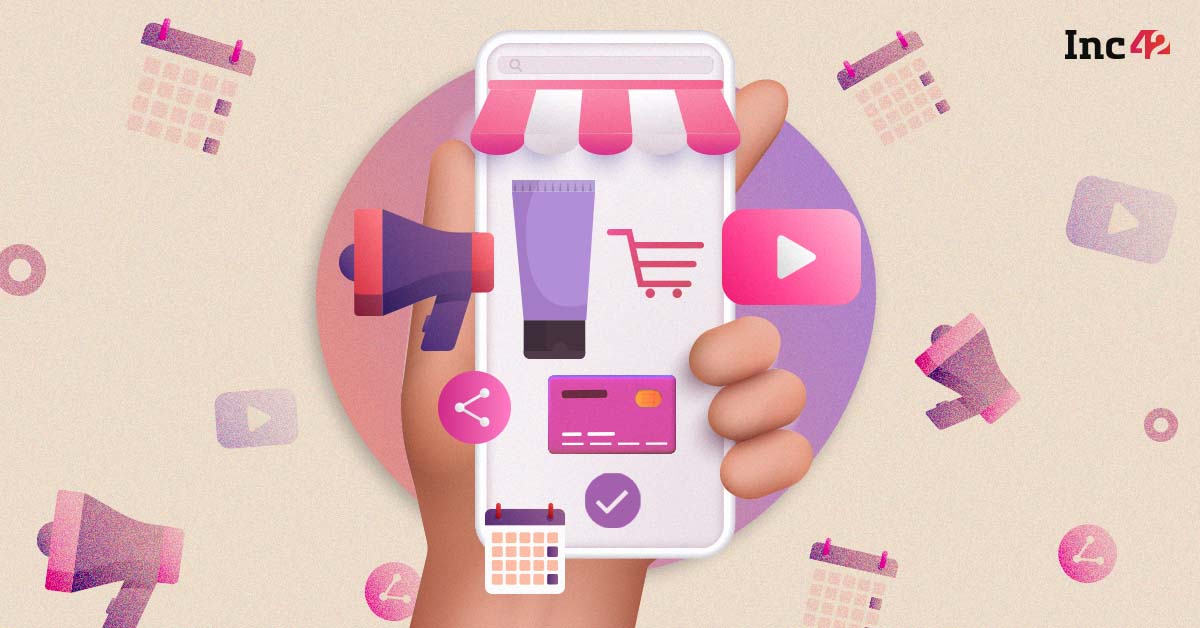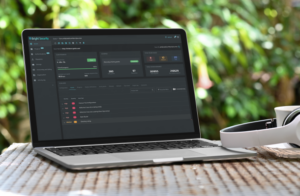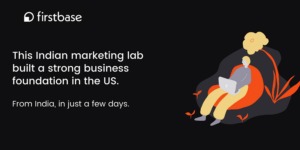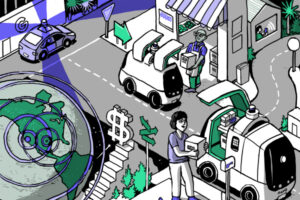Studies show that 71% of shoppers expect companies to deliver personalised interactions, and 76% are dissatisfied when this does not happen, which may lead to customer churn
In 2020, the Netherlands-founded firm CM.com helped the US-based Cash For Gold increase its customer base from 20K to 50K
Its Mobile Marketing Cloud leverages both new age social channels such as WhatsApp, Facebook, Instagram and traditional channels such as email and SMS to boost customer engagement
After two years, the Covid-19 pandemic has subsided to some extent, but the unprecedented health crisis seems to have changed customer expectations and behaviours for good. A McKinsey report says that nearly 75% of shoppers switched to a new store, product or a buying method during the pandemic. This means brand loyalty could be a waning concept, and people today are keen to experiment with products and services as the age of information brings them cartloads of options.
The report further claims that 71% of shoppers expect companies to deliver personalised interactions, and 76% express their dissatisfaction when this does not happen.
Interestingly, people’s appetite for personalisation stems from a growing willingness to share personal data. And this can be an exciting opportunity for brands to forge a strong bond with their customers and ensure a seamless shopping experience.
However, holding a customised conversation with every individual is no easy task. It requires data-driven tools and technologies to which businesses may not have access.
This is where cloud software firms like Netherlands-founded CM.com step in as they specialise in conversational commerce. The firm has empowered global brands for more than two decades with its automated SMS assistance. But the communication media has grown more complex in recent years, and the global player has branched out accordingly to provide specialised solutions for different conversation channels besides offering cloud-based software services.
Customised Communication Is Crucial, Reveals A Case Study
How does CM.com improve customer engagement to help companies thrive as go-to brands? Here is a case in point.
Since its inception in 2005, Cash For Gold USA, an omnichannel B2C buyer of gold, heavily relied on email marketing to reach out to its customers. As the business grew, it saw a diversified customer base who preferred to communicate through multiple channels. The company soon realised that it should re-evaluate its marketing strategy for the best outcomes.
“Our biggest challenge has always been instilling confidence in our customers. So, every customer touchpoint that we have matters,” said Norm Schneider, the company’s founder.
To add a personal touch to customer interactions, the U.S. company partnered with CM.com in 2020 and used the firm’s Mobile Marketing Cloud (MMC), an automated tool for hyper-personalised campaigns across multiple mobile-friendly channels. In simple terms, the MMC tool targets customers across the channels that they prefer to use, be it WhatsApp, Facebook Messenger, Instagram Messenger, email or SMS. The company’s omnichannel communication seeks to boost customer engagement, thus increasing customer retention and lifetime value (LTV).
With the help of this solution, Cash for Gold USA could automate text templates and send more personalised messages to add value to a customer’s journey. In this process, the company also gained better insights into customer behaviour and built a solid strategy around customer engagement.
“The ongoing support from CM.com has been invaluable. Our customer base has grown from 20K to 50K in a single year,” said Schneider.
Is CDP The Silver Bullet? Here’s How CM.com’s Data Mantra Works
Personalising customer experience (CX) to strengthen brand loyalty is critical nowadays, given the stiff competition in the ecommerce space. But for brands, the road to seamless CX is fraught with many challenges. For one, customer behaviour varies from case to case. One can be a quick shopper while others may make multiple visits, comparing products with competitor brands or visiting physical stores for more due diligence before finalising a purchase. In the worst-case scenario, the transaction may never take place. According to studies, roughly seven out of 10 shoppers never complete their online transactions, resulting in cart abandonment.
Keeping in mind these behavioural oddities, CM.com has developed a bouquet of solutions to help brands deal with these challenges.
“We can retarget the customers who have abandoned their shopping carts and persuade them to complete their purchases by sending alerts and reminders on their preferred channels,” said Chetan Borkar, CM.com’s country manager for India and Sri Lanka. “Retargeting campaigns can recover up to 35% of abandoned carts and increase revenue.”
However, running massive campaigns for hundreds of thousands of targeted customers requires a tech-driven approach that will surpass all manual interventions. More importantly, how will brands keep track of multiple customer touchpoints (websites, live chats, offline stores and more) and break the data silos?
“Brands often store data in various systems that may contain duplicate customer profiles. The key to marketing automation is a centralised customer data platform (CDP) that can easily create segments (customer categories) and automate workflows for different customers,” said Borkar.
Incidentally, a CDP collects first-party data that customers themselves share with companies. This data is collected from multiple sources (websites and apps, social media, customer relationship management systems or CRMs) and helps brands with behavioural analysis for targeted interactions.
CM.com claims that its CDP is the backbone of omnichannel mobile marketing. But to understand the concept of CDP better, let us delve deeper into its offerings and how it can impact the brands today.
CDP And CRM: Which Platform Does What For Brands
Today, many companies use CRM systems to manage massive customer data. Although both CDP and CRM primarily focus on data collection, the latter is essentially built to boost sales by increasing customer outreach.
For instance, CRM allows brands to store customer information like contact details (when a purchase is made), product details and other relevant data in a centralised system such as a cloud-based data repository or even a simple Excel sheet. Later on, such information and customer interactions around transactions enable brands to forecast sales. CRM’s scope is primarily limited to the sales cycle, given that they focus only on the first party data.
On the other hand, a CDP stores behavioural data from multiple data sources and unifies the same in a single repository so that businesses can build unique 360 degree customer profiles. Brand marketers can analyse these profiles and categorise them to target specific audiences with personalised communication.
How Customer Segmentation Simplifies Workflow, Goes Granular
Using big data analytics, CM.com’s customer data platform can help segment a group of individual profiles based on demographics and other behavioural parameters. Partner brands can also create similar workflows and target even more granular segments to customise every stage of the shoppers’ journey.
For example, a brand can restructure its workflow only to target customers who have already purchased a particular product. This time, it can either educate them on better product usage by sending videos/user manuals or check whether they require any help with product installation.
“A company can expect 80% of customers to return to its platform if it consistently engages with them. Plus, there are other benefits. Highly engaged customers share their experiences, enabling word-of-mouth marketing and increasing LTV,” explained Borkar.
Personalisation 1:1: More On The Cards
Brands can go deeper than right-targeting the audience or personalising messages. They can offer personalised discounts based on the CDP analyses and convert marketing metrics into actionable insights. In fact, a 2021 McKinsey report says that companies that grow faster drive 40% more revenue from personalisation than their slower-growing counterparts.
According to Borkar, brands can operate multiple channels from a single CDP and automate timely reminders regarding product availability, discounts and requirements for restocking (if any), thus creating a sense of urgency among buyers. “These reminders can be automated based on the purchase date and product expiry period,” he added.
With a host of automated and tailored solutions in its kitty, CM.com is already catering to big legacy brands such as Heineken and KLM Royal Dutch Airlines, customising interactions and amplifying customer engagement. At the core of its offerings is an advanced tech stack that aims to juxtapose artificial intelligence/machine learning with a human touch.
The company is now focussing on the Indian market to help brands understand their customers better and offer more value beyond their products and services. After all, hitting the right engagement milestones through new-age technology is the way forward if businesses want to corner success.










